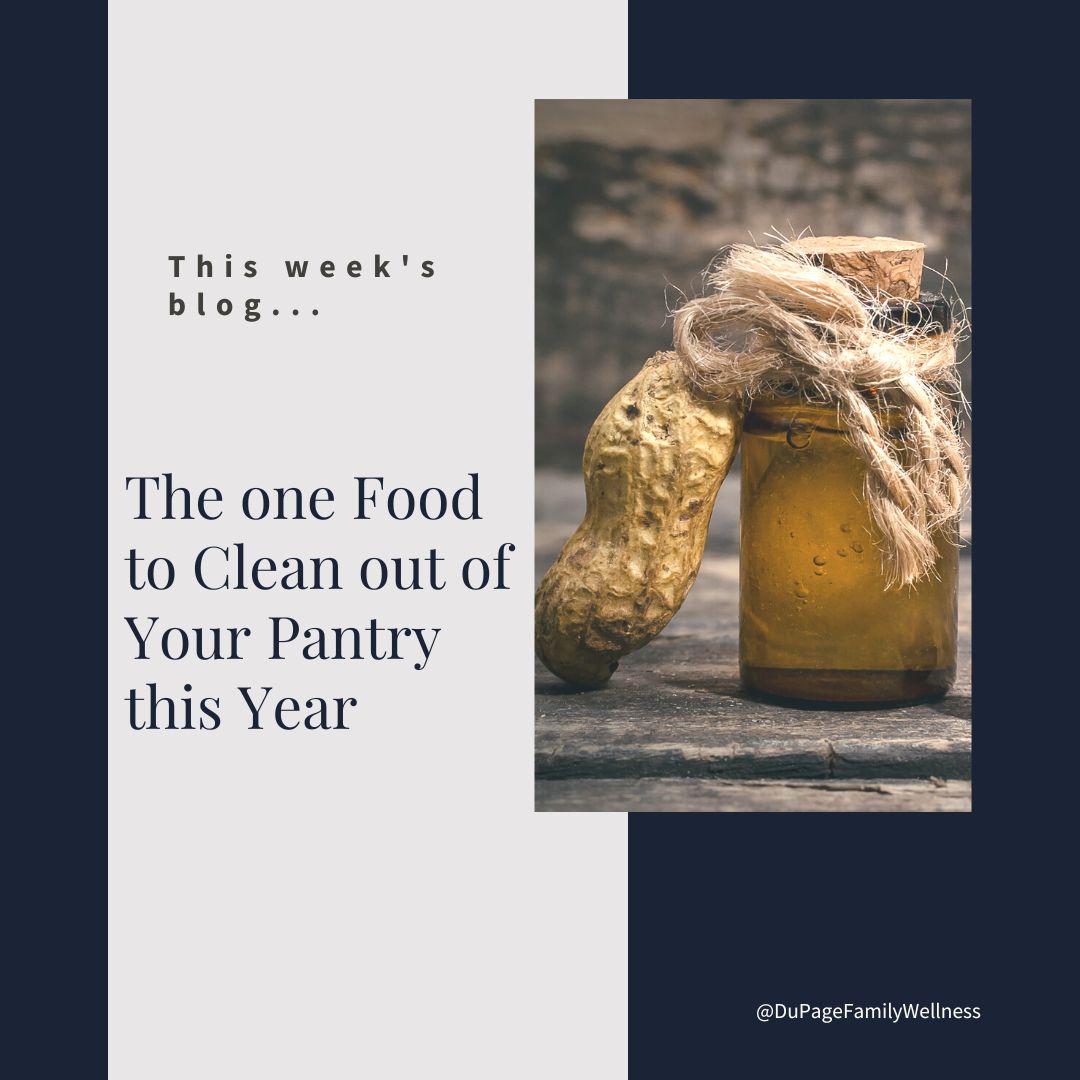 Many people use the new year as a time to focus on eating healthy. It is a great goal, but all the nutrition advice can make it difficult to know where to start. One health “expert” says one thing, while another says the exact opposite. So, who do you believe and where do you start?
Many people use the new year as a time to focus on eating healthy. It is a great goal, but all the nutrition advice can make it difficult to know where to start. One health “expert” says one thing, while another says the exact opposite. So, who do you believe and where do you start?
As I’ve researched nutrition and studied functional medicine, I’ve drawn my own conclusions based on research. Some of it went in direct conflict with what I had always been taught. But as a doctor, I need to follow the research, not just someone’s opinion.
With that in mind, I think the one change that can make a huge difference in your health is to drastically reduce the polyunsaturated fatty acids (PUFAs) in your diet. This may come as a surprise to some of you, but there is a compelling case for this that can’t be ignored.
Let’s look at these oils, what they do in the body, and how to avoid them.
What are PUFA’s
Polyunsaturated fatty acids (PUFAs) are unsaturated fats made up of a chain of hydrogen and carbon. This type of unsaturated fat has two or more double bonds in this chain. This structure is less stable than other oils and can create many problems.
PUFAs are vulnerable to light, heat, and even oxygen. These vulnerabilities can lead to damage that leads to oxidization. When we have oxidized fats, we are ingesting free radicals which leads to inflammation. PUFAs are high in Omega-6 which also leads to inflammation.
Inflammation is extremely damaging to the body, contributing to nearly every chronic health condition you can think of (diabetes, metabolic syndrome, autoimmune disease, cardiovascular disease, some cancers, rheumatoid arthritis, asthma, mental health issues, cognitive decline, dementia, obesity, etc.).
Which Oils to Avoid
When we talk about oils, all of them contain a blend of various types of fatty acids. They have a varying percentage of mono and polyunsaturated fatty acids (PUFAs), saturated fatty acids, and sometimes even trans fatty acids. I am actually totally fine with saturated fatty acids for most people. My recommendation is to remove the oils that tend to have the highest percentage of PUFAs and of course trans fatty acids.
Take a look at the oils below (PUFAs are in blue). Think about where you can make some changes by switching a higher-level PUFA for a lower one. It is especially important to consider this when cooking.
Could you cook with butter or coconut oil instead of vegetable (soy) oil? Would lard be an acceptable exchange for seed or nut oils? Just changing a little thing can make a big difference.
Comparison_of_dietary_fat_composition.png
Where PUFA’s Hide
Changing the oils you cook at home with may be the easy part. It gets more complicated when you find out just how many foods PUFA's hide in. Many of the processed foods in America contain them, even ones you would not think of.
The only way to catch them is to read labels. Start by looking at labels just to become aware of what oils are in your food. Once you are familiar with where they hide you can look for alternatives or substitute the product with another item.
Some things where excess PUFA’s hide:
- Chips
- Crackers
- Coffee creamer
- Mayonnaise
- Salad dressing
- Seeds
- Nuts
- Peanut butter
- Soy products
- Fried foods
You may ask WHY are these oils so prevalent? They tend to be comparatively cheap. This can help the bottom line for restaurants and food manufacturers but isn't so good for your health.
Another huge source of PUFA’s is restaurants. Most eating establishments use peanut or soy oil to cook their food. It can be tricky to avoid this but feel free to ask if they can cook your food in butter instead.
Easy action steps to drastically reduce your PUFA consumption
- Go through your pantry and clean out any vegetable oil, canola oil, peanut oil, corn oil, etc. (see chart above).
- Do the majority of your cooking with coconut oil, ghee, butter, lard, beef tallow, and duck fat (think about what your great grandma might have cooked with)
- For raw uses like salad dressings, make your own dressings using olive oil or avocado oil.
- Limit eating out at restaurants when possible.
- Limit processed food intake (remember- the bulk of your grocery trip should be from the edges of the grocery store for produce, meat, fish, eggs, and dairy)
- Become a label reading expert. When you start looking for these (soybean oil, canola oil, etc.) in processed foods, you will be shocked at how often you see them.
It may seem overwhelming, but take it slow. There is no need to do everything at once. The best way to make lasting change is to make one small change at a time and then build on it!
Dr. Jamie

